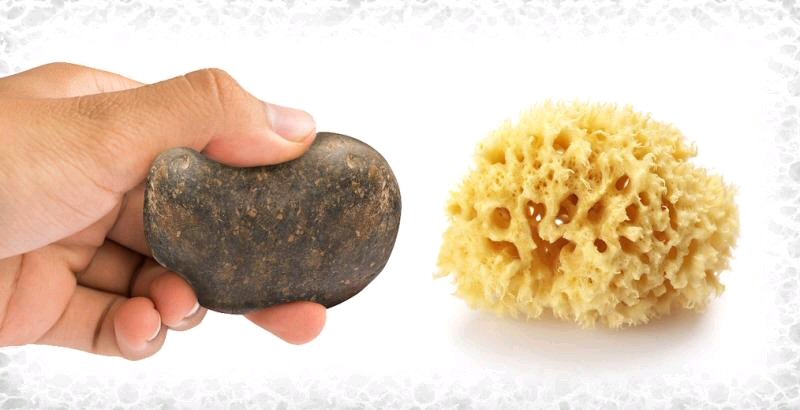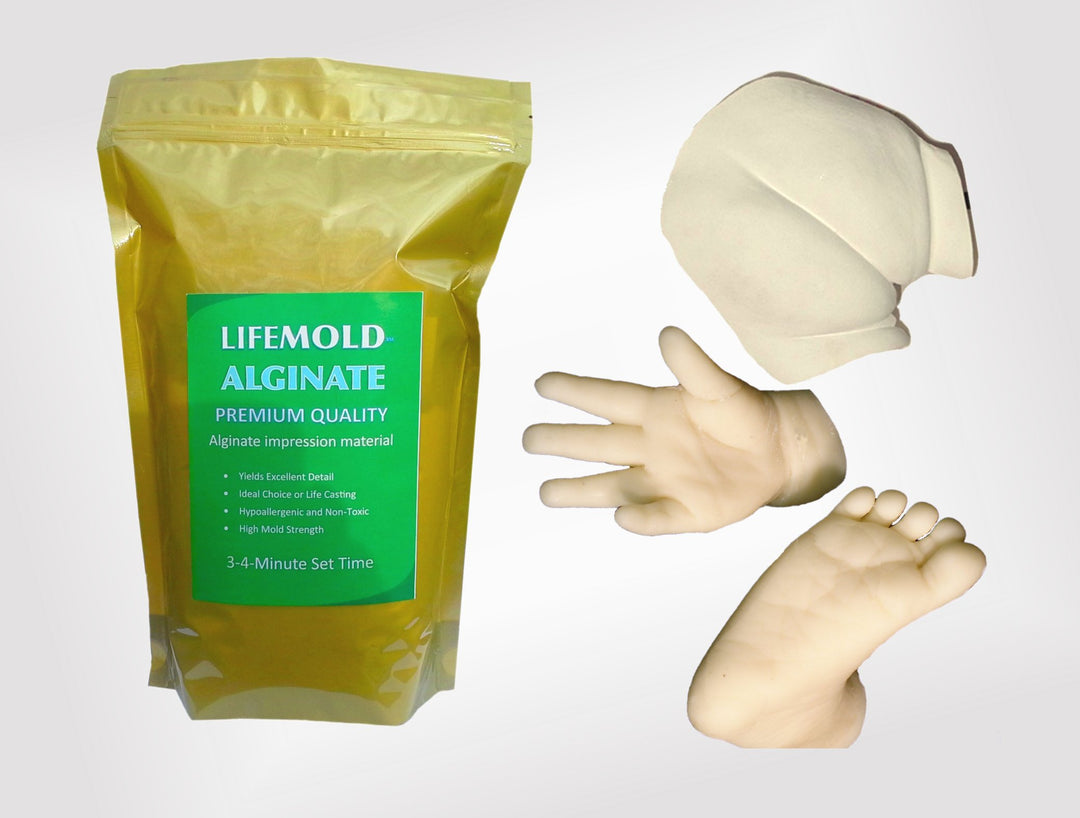Gimme a Little Squeeze, Will Ya, Huh?

“It’s like squeezing a stone and forming a giant sponge,” said Argonne chemist Karena Chapman. “Materials are supposed to become denser and more compact under pressure. We are seeing the exact opposite." (Credit: Image courtesy of DOE/Argonne National Laboratory) Story - Science News Daily
June 12, 2013 — When you squeeze something, it gets smaller. Unless you're at Argonne National Laboratory.
At the suburban Chicago laboratory, a group of scientists has seemingly defied the laws of physics and found a way to apply pressure to make a material expand instead of compress or contract.
"It's like squeezing a stone and forming a giant sponge," said Karena Chapman, a chemist at the U.S. Department of Energy laboratory. "Materials are supposed to become denser and more compact under pressure. We are seeing the exact opposite. The pressure-treated material has half the density of the original state. This is counterintuitive to the laws of physics."
Because this behavior seems impossible, Chapman and her colleagues spent several years testing and retesting the material until they believed the unbelievable and understood how the impossible could be possible. For every experiment, they got the same mind-bending results.
"The bonds in the material completely rearrange," Chapman said. "This just blows my mind."
This discovery will do more than rewrite the science text books; it could double the variety of porous framework materials available for manufacturing, health, environmental sustainability and mold making and casting materials.
We’ll just have to be a bit patient until that day arrives for practical applications.
The team published the details of their work in the May 22 issue of the Journal of the American Chemical Society in an article titled "Exploiting High Pressures to Generate Porosity, Polymorphism, And Lattice Expansion in the Nonporous Molecular Framework Zn(CN)2 ."




